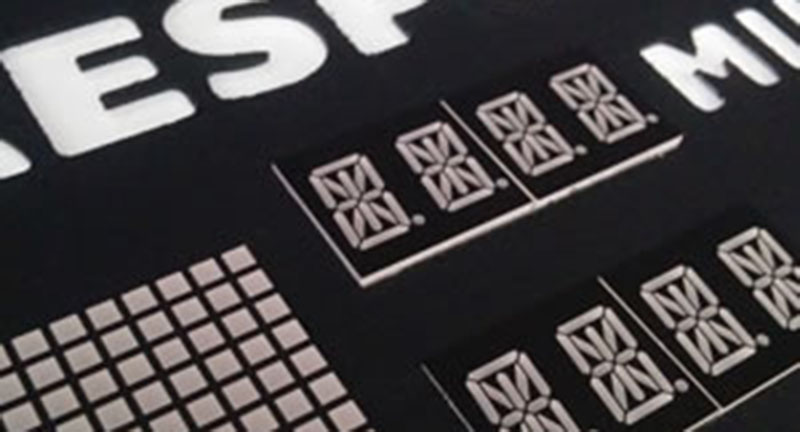Here’s something that will probably make it to a wall right next to the people responsible for the Hackaday servers sometime soon, and should be something every web dev should build at some point: a website response meter, an analog gauge that will tell you how long it takes to reach your website.
The build is simple enough, with a micro servo working as a gigantic analog gauge. There are also a pair of four-digit, seven-segment displays for displaying a digital number and the number of website requests per second. There’s also an 8×8 matrix of bi-color LEDs for showing a green happy face or a red frowny face, just in case all that data wasn’t self-evident to the uninitiated.
All the electronics are handled by an Arduino, but what really makes this build useful, or even possible, is the bit of code that runs on a computer. The computer uses an API from New Relic, a software analytics company, to come up with the response time and requests per second. That data is pulled down and piped up to the Arduino that displays everything on a beautifully milled acrylic sheet.
















15-segment, it seems to me ;)
Nice, btw. I have some servo’s lying around doing nothing…
websites would be more responsive if people stopped shoehorning ugly effects, pointless frameworks and needless statistics requests into every page.
Or linking to external tracking sites and other offsite scripts that does nothing for the readers but slow down access and selling them out.
Tracking scripts have got ridiculous in the last few years. I’m no longer surprised to see Ghostery blocking 15+ different trackers on some sites I visit ( I think 24 was the most I’ve seen so far !).
So if any web “designer” is reading this and uses more than one tracker, I hope Santa bring you gadgets filled with fake FTDI chips !
Thanks for the reccomendation on Ghostery! Just installed it…
Mr.Wibble. I’d not heard of Ghostery until your post. looked it up and now installed. Thanks! :-)
display porn :3 although my heart bleeds – alphanumeric displays for numbers seem a bit much for this, but this is just me having researched prices for a bttf time circuit (63 euros for a complete set from one distributor)… muah.
17 segment displays in the picture, 7 segment displays in the bom. Interesting…
I have a whole bunch of 17 segment displays I picked up at a hamfest. Does anyone know of a source of inexpensive 17 segment display drivers? I see 7 segment ones all over the place but 17 seems to be rare or expensive. I suppose I could just dedicate some Attinys to the task but that feels like cheating.
On my first real paying engineering job, I made a drive for 16 segment multiplexed display.
– I have a pair of 8-bit D F/F latches for latching the data for the display and another (inside a PAL which had the decoder acting as column driver) latches the LSB of the address. i.e. the display column is memory mapped such that a write to Address 1 lights up display 1 with the data. It is multiplexed, so a timer interrupt write to one digit at a time. Pretty simple stuff in a 5 line-ish C code and not needing special drivers.
The other thing I implemented in that PAL was a 3-bit PWM for the display synchronized to the fresh rate. Works pretty well and flicker free unlike the predecessor of the project.
If I have to do it again, it would be in a CPLD driven from SPI. You can add ATTINY to that to make a self refreshing display.